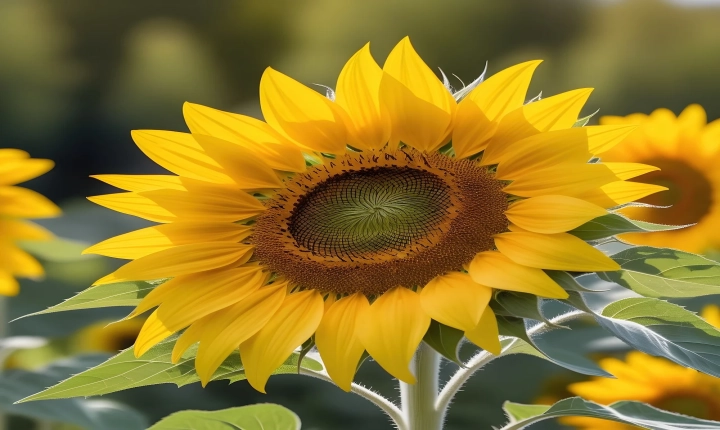Title: The Future of Animation: Harnessing the Power of AI
Introduction:
Animation has always been a fascinating art form, bringing characters and stories to life through creativity and skill. With the advancements in technology, the world of animation is rapidly evolving, and one of the most exciting developments is the integration of artificial intelligence (AI) into the animation process. AI is revolutionizing the field of animation, offering new tools and techniques that are revolutionizing the way animators work. In this article, we will explore how AI is being used in animation and how it is shaping the future of this dynamic industry.
AI-Assisted Character Animation:
One of the most significant applications of AI in animation is in character animation. AI algorithms can analyze and interpret motion data, enabling animators to create more lifelike and fluid movements for characters. By using AI-powered tools, animators can streamline the animation process and achieve a level of realism that was once time-consuming and challenging to accomplish.
AI-Driven Procedural Animation:
Procedural animation is another area where AI is making a significant impact. AI algorithms can generate complex animations based on sets of rules and parameters, allowing animators to create dynamic and realistic simulations with minimal manual effort. This technology is particularly useful for animating natural phenomena such as water, fire, and clouds, as well as complex mechanical movements.
AI-Based Lip Syncing:
In traditional animation, syncing a character’s lip movements with dialogue was a labor-intensive and time-consuming task. AI has greatly simplified this process by offering tools that use machine learning to automatically generate accurate lip-sync animations based on audio data. This not only saves time for animators but also results in more convincing and natural-looking lip movements for characters.
AI-Driven Rendering and Lighting:
Rendering and lighting are essential aspects of animation that significantly impact the final look and feel of a project. AI-powered rendering tools can optimize the rendering process, reduce production time, and enhance the visual quality of animated scenes. Additionally, AI algorithms can analyze and optimize lighting conditions to create realistic and visually stunning environments.
AI-Enhanced Storyboarding and Concept Art:
AI is also being used to assist animators in the early stages of the production process. AI-powered tools can help generate concept art, storyboards, and visualizations based on input from artists, allowing for rapid iteration and exploration of creative ideas. This accelerates the design phase and helps artists bring their vision to life more efficiently.
Challenges and Considerations:
While AI is bringing many benefits to the animation industry, it is essential to acknowledge the challenges and considerations associated with its use. For instance, integrating AI into the animation workflow requires animators to adapt to new tools and technologies, which may require additional training and skill development. There are also concerns about the potential impact of AI on employment in the animation industry, as some routine tasks may become automated.
Conclusion:
The integration of AI into animation is a game-changer that is transforming the industry in remarkable ways. By harnessing the power of AI, animators can create more immersive, engaging, and visually stunning animated content. As AI continues to evolve, we can expect even more groundbreaking innovations that will shape the future of animation. Embracing AI in animation offers endless possibilities for creativity and opens up new avenues for storytelling and visual expression. As the technology advances, the boundaries of what can be achieved in animation will continue to expand, ushering in an exciting era for the art form.
